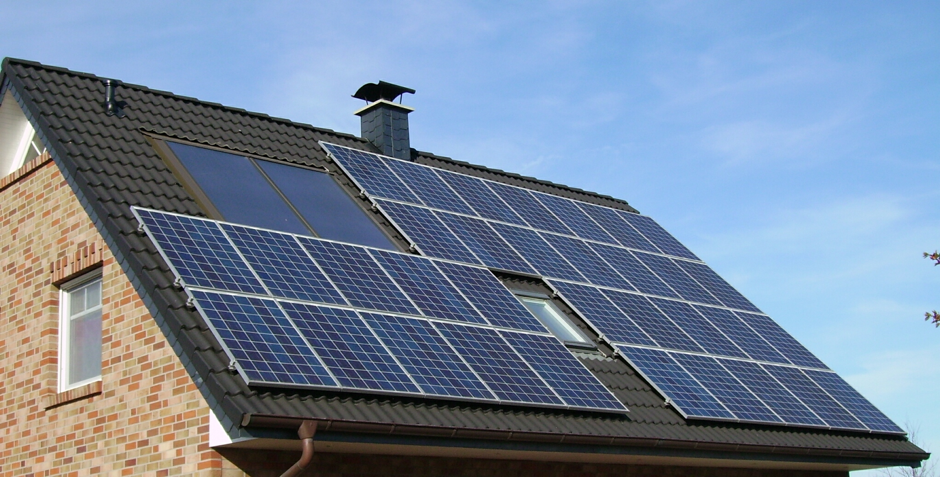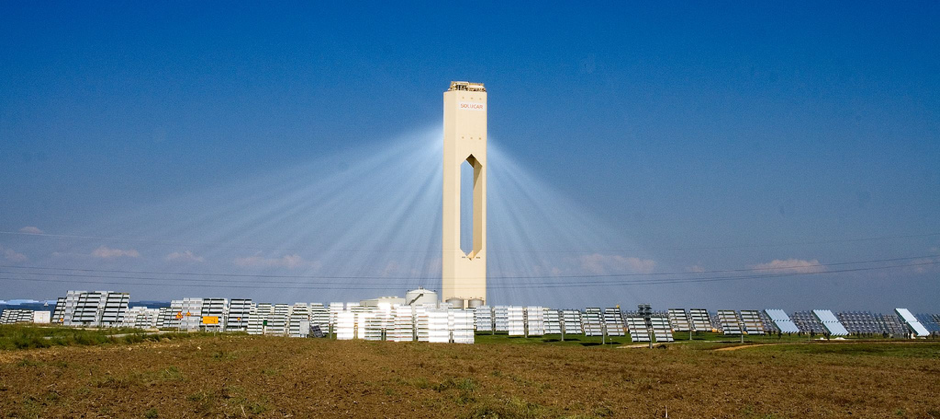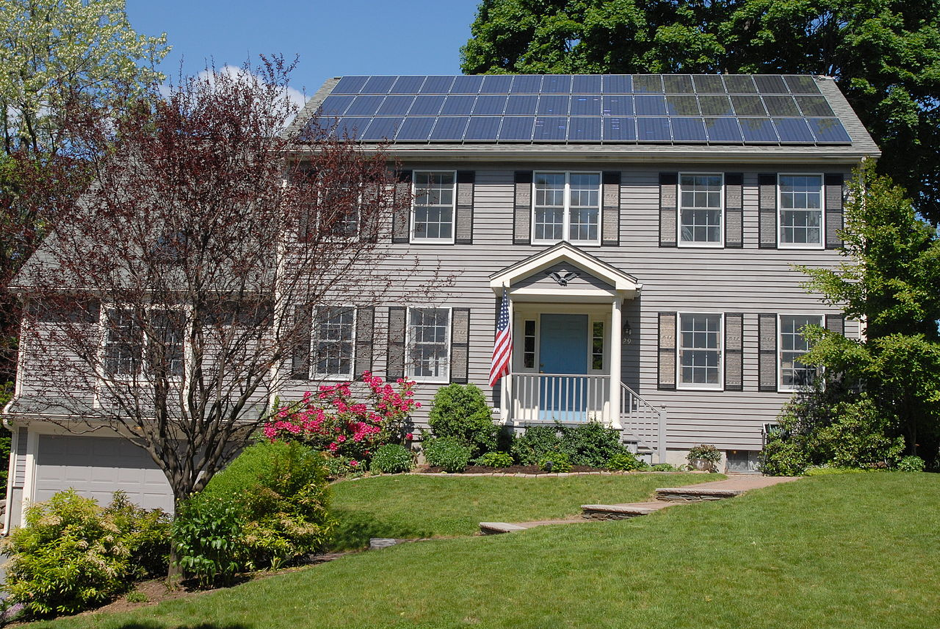The rate at which new solar energy is coming online is staggering. This year, we’ve seen a dramatic rise in the proportion of new energy that is solar. Back in 2015, around 50 percent of new energy was solar. This year, we’re at almost 90 percent. In some states, it’s actually 100 percent.
Residential solar has been exploding in incredible ways. According to the US Solar Insight report, it’s growing at 76 percent, year on year. This means that we are going to see an additional 70,000 solar systems per year at a minimum. There are now nearly a million home solar plants in the US today.
So what’s driving all this? Let’s take a look.
Solar Is Already Cost Competitive In Most States

One of the top cities for solar production in the world is New York. According to Deutsche Bank, the so-called Levelized cost of solar is $0.11 per kilowatt hour in the city. That means that solar is getting towards the price range of today’s fossil fuel generated electricity. Soon it will go lower still. In fact, just recently in Arizona, a solar farm began outputting solar power for as little as $0.02-$0.03 per kilowatt hour.
Solar Will Soon Be Competitive, Even In States That Traditionally Favored Coal
Up until around a year ago, coal was the cheapest way to generate electricity. Since then, solar has begun to undercut it in some areas. This isn’t something that is just happening in high tech parts of America. It’s something that is going on right in the industrial heartland of the country.
Areas like Pennsylvania, Michigan, and Massachusetts have always been areas dominated by fossil fuels. But even these areas will soon find that they are no longer able to compete with new technologies. This industrial heartland will be energized, but it won’t be because we’ll all be returning to coal. It’ll be because workers in these areas are building new solar plants for business.
Solar Leasing Is Taking Off
One of the big problems with getting solar installed on your home is the upfront cost. Even new systems will set you back more than $6,000. With that said, there is a solution being tested in the marketplace right now. It’s called solar leasing. With solar leasing, residents don’t actually pay for the solar panels up front or any of the maintenance. Instead, they pay back the capital cost over time, offset by lower energy bills. Deutsche Bank has said that this initiative could be highly profitable in 2016. And, as a result, we might see more people getting solar, thanks to this financial innovation in the sector.
Solar Tax Investment Credit Ends This Year
Right now, the solar investment tax credit is 30 percent of the total cost of buying solar. But, the investment tax credit is about to end. As a result, we could see a flurry of demand, right up until the tax break window is closed. Deutsche Bank has argued that it might be a good idea to extend the length of the credit. If the credit is extended, then nearly 47 states across the union will get solar as cheap as coal.

 Wikipedia
Wikipedia Wikimedia Commons
Wikimedia Commons Wikipedia
Wikipedia